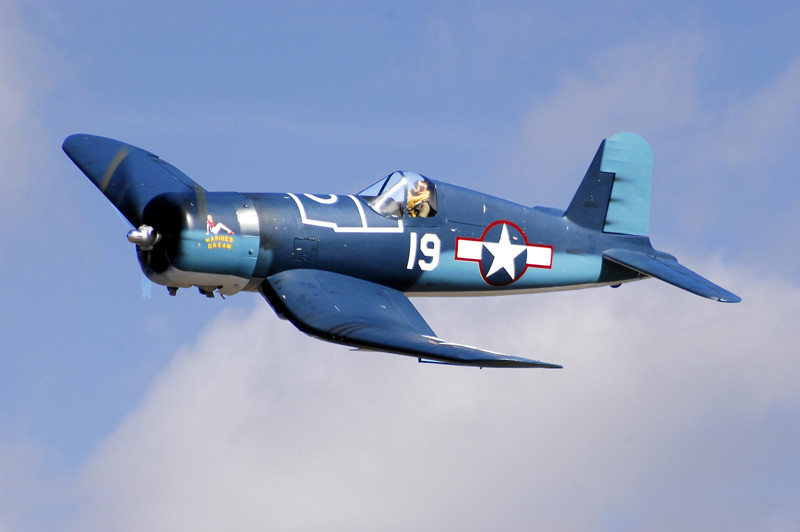


Eliot Elisofon Photographic Archives, African Art.When the last F4U-7 came off the lines at Dallas, Texas, in December 1952, production had been continuous for over 10 years, a period in which a total of 12,571 examples of this outstanding fighter had been built by Vought, Brewster and Goodyear. 1834 Squadron, flying off HMS Victorious and providing a component of the escorting fighters when Fairey Barracudas made their memorable attack on the German battleship Tirpitz in Kaafjord, Norway, on 3 April 1944. First Operational use of Fleet Air Arm the Chance Vought F4U Corsair IIs was made by No. The British Corsair Mks II to IV had each wingtip clipped by 8 in (20.3 cm) to facilitate stowage aboard Royal Navy carriers, and precede their US counterparts into shipboard service, carrying out their first operational action in April 1944. The Vought F4U-1C was armed with four 20 mm wing cannon instead of the former six machine-guns, while the F4U-1D (Goodyear FG-1D) had an R-2800-8W water injection engine and provision for eight underwing rocket projectiles or two 1,000 lb (454 kg bombs). Hence from the six hundred and eighty-ninth F4U-1 onward, a new, raised cockpit hood was introduced on the Corsairs being built by Vought and Brewster Goodyear factories. The Corsair’s gull-wing configuration was devised to avoid the excessively long undercarriage legs that would otherwise have been necessary to provide clearance for the large-diameter propeller but the far-fat cockpit position gave the pilot a poor view forward when landing. Most of these went to Marine Corps or land-based Navy squadrons, due to early difficulties in operating the Chance Vought F4U Corsair from aircraft carriers, and the first operational missions were flown by Squadron VMF-124 of the USMC in February 1943.


The initial US Navy contract was for five hundred and eighty-four F4U-1s, delivery of which began in September 1942. Acknowledged universally to be the most outstanding carrier-based fighter to be deployed operationally during the war, the Chance Vought F4U Corsair Is and IIs in service with the Royal navy’s Fleet Air Arm were the first to demonstrate the outstanding potential of this design.ĭon't miss our guide on buying and building a model aircraft. This was the prelude to an 11-year production life, during which twelve thousand five hundred and seventy-one of these fighters were built, and a service career that lasted until the mid-1960s. Originated with the Vought-Sikorsky Division of United Aircraft Corporation, the Vought V-166B prototype of the Chance Vought F4U Corsair, designated XF4U-1, flew for the first time on, becoming a few months later the first US warplane to fly faster than 400 mph (644 km/hr). The Hamlyn Concise Guide to American Aircraft of World War II Aircraft Database World War II Aviation Chance Vought F4U Corsair Brief History Chance Vought F4U CorsairĬhance Vought F4U Corsair Scale Model PlansĬhance Vought F4U-5N Corsair Scale Model Plansįighters 1939-45: Attack and Training Aircraft


 0 kommentar(er)
0 kommentar(er)
